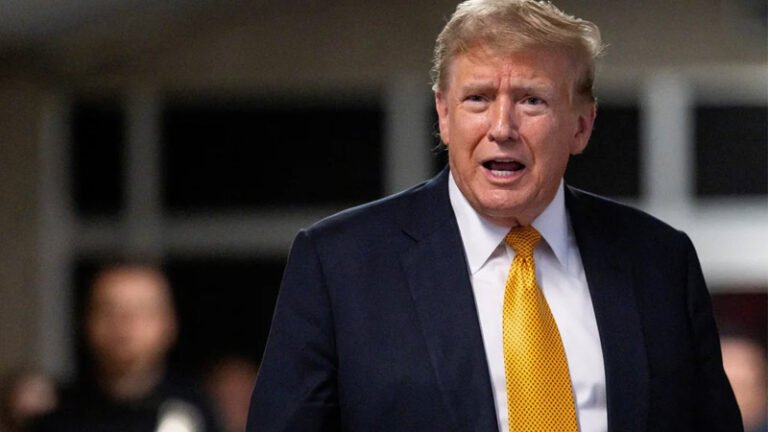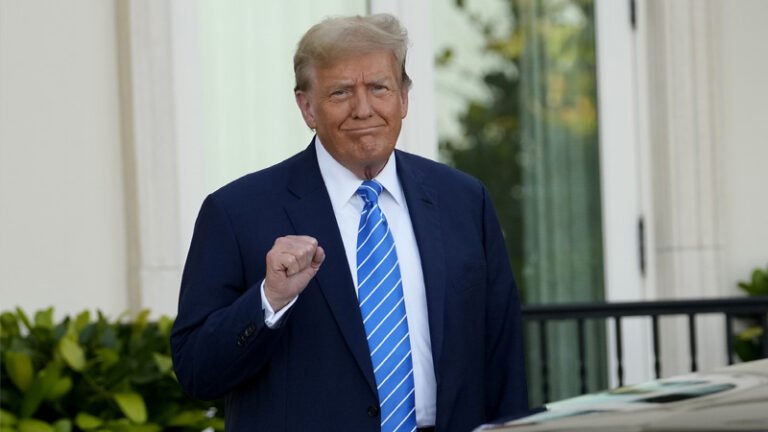The moral obligation to shelter those escaping turmoil in their homeland is deeply woven into the fabric of America’s identity. For decades, the nation has stood as a beacon of hope, symbolized by the iconic Statue of Liberty. according to Forbes
Yet, counterposed to this ethos is America’s rightful prerogative to manage its borders and decide who may enter under what conditions. This principle, often described as ‘Fortress America,’ emphasizes defending the country by controlling immigration.
President Biden has attempted to navigate a middle ground between these two symbolic characterizations of America by introducing his executive agenda, which includes cutbacks on asylum to alleviate the strain on the country’s resources while strengthening its security measures.
Public Perception and Political Implications
The question is how his executive order will influence voters in the Presidential election in November.
A Pew Research Center study published on February 15th, 2024, reported that 80 percent of those surveyed said the U.S. government was doing a poor job handling the migrant influx.
According to the study, the main factors driving migrants northwards were good economic opportunities in the U.S., violence in their home countries, and the belief that U.S. immigration policies would make it easy to stay. reported by the Washington Post
While political parties disagree on many immigration issues, most agree that boosting resources for quicker decisions on asylum cases, more legal immigration options, and addressing economic and security concerns would improve the border situation.
Biden’s Executive Actions
In response to voter dissatisfaction with his handling of border security, President Biden implemented executive actions effective June 5th, 2024, prohibiting the entry of noncitizens attempting to cross any portion of the southern border without going through a designated port of entry.
Biden explained that the federal government lacks sufficient resources from Congress to manage the flow of people across the southern border. As the daily number of irregular border crossings was surpassing 2,500 individuals, the border was closed.
The presidential proclamation is set to remain in effect until 14 days after the Department of Homeland Security determines that there has been a seven-day average of fewer than 1,500 undocumented entry attempts through designated ports of entry.
However, this may be a long-term scenario. The American Civil Liberties Association has filed a lawsuit to block the order, and additional lawsuits are expected, potentially leading to a federal court halt.





